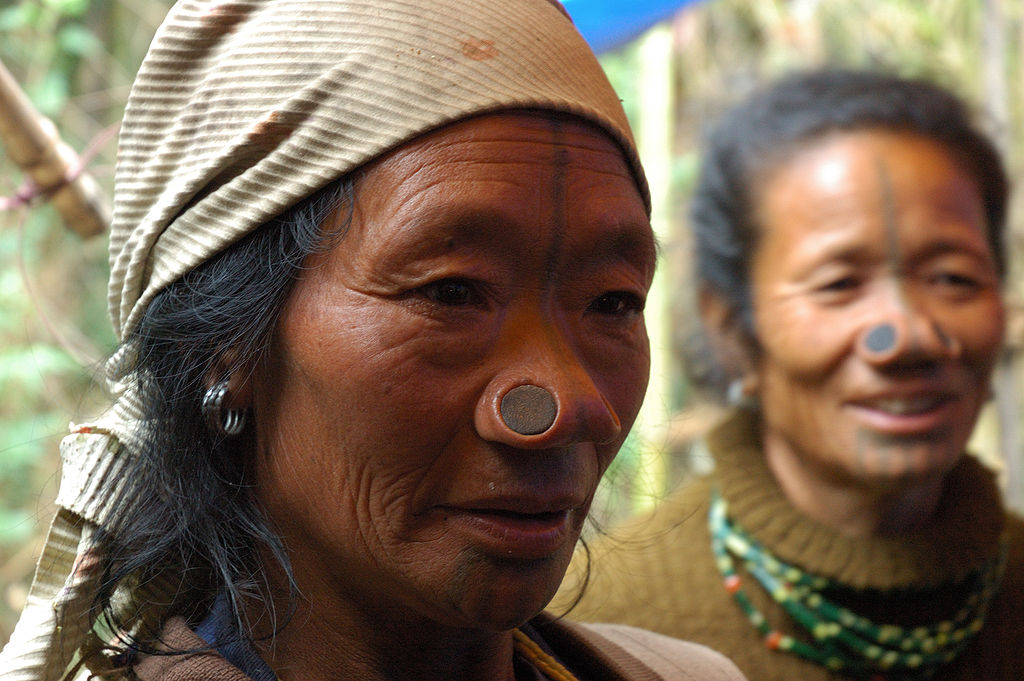
Arunachal Pradesh, the land of the rising sun, is rich in cultural and ecological sense. There are 24 districts in the north-eastern state of Arunachal Pradesh. The total number of tribes residing in the state includes more than 26 major tribes and more than a hundred sub-tribes. The state’s remote location provides the perfect scenario for the growth of tribal culture of Arunachal Pradesh, keeping it exclusive of the other regions in India.
People of Arunachal Pradesh
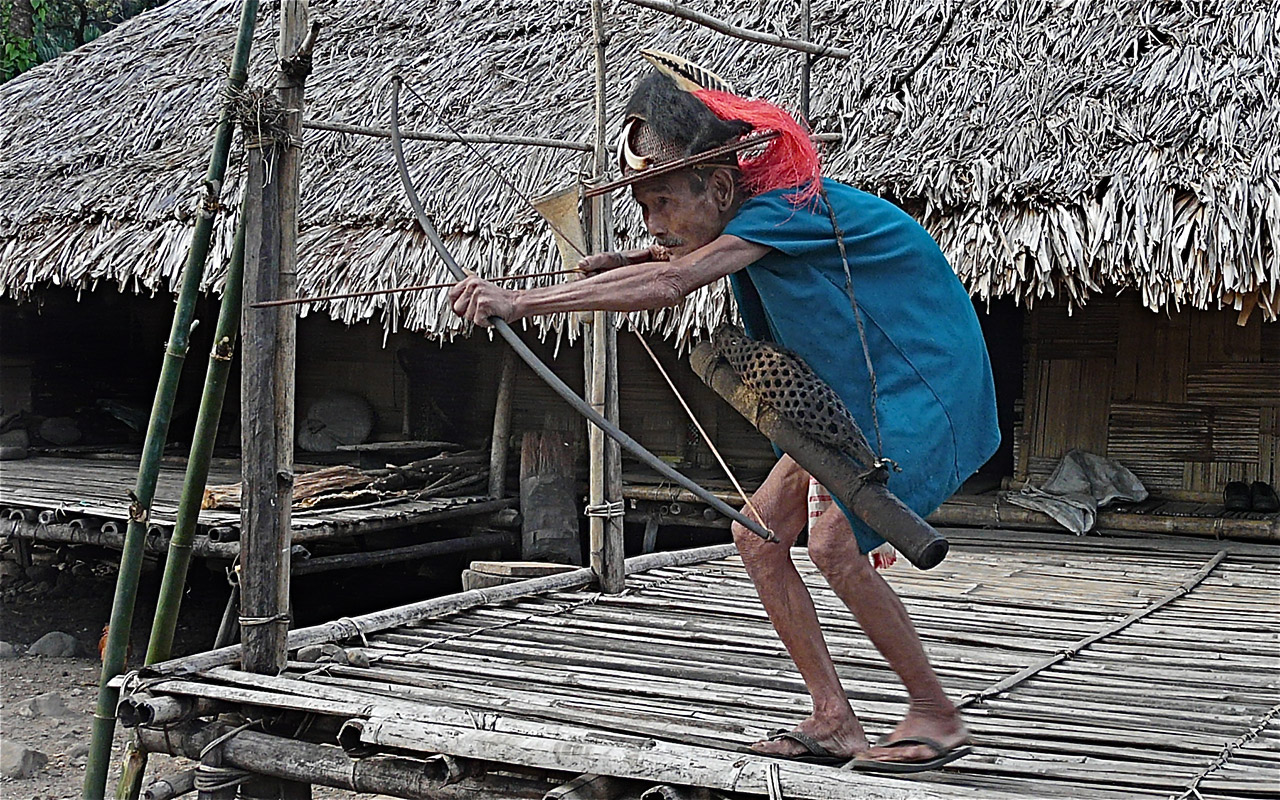
Arunachal Pradesh assumes tremendous anthropological richness. The state is home to various tribes and indigenous groups. The prime cultural groups of Arunachal Pradesh categorize into three subheads. First, the Monpas and Sherdukpen of Tawang and West Kameng districts. This group identifies and associates itself with Mahayana Buddhism. Second, the Apatanis, Adis, Galos, Mishmis, Nyishis, Tagins, Akas, and Thongas worship the Sun and Moon God. Lastly, the third group includes Noctes, Wanchos, and Khampti, who follow Vaishnavism and Buddhism. This group follows a stringent hereditary rule to maintain villages. Each tribal distinction in Arunachal Pradesh made its place in the cultural strata of the state. They have distinct traditions and customs.
Language of Arunachal Pradesh
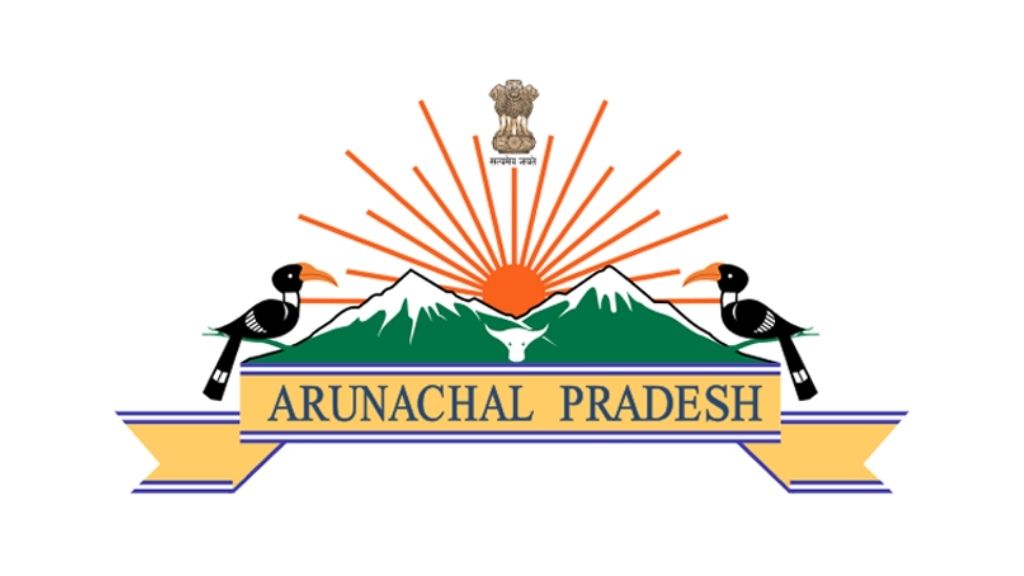
Did you know that Arunachal Pradesh found a place in the list of Asia’s most linguistically diverse states? There you can observe more than 50 dialects of the Tibeto-Burman language. The primary language structure sought to originate from the Tibeto-Burman language, but tribes have different dialects. The Tani dialect includes languages like Nyishi, Apatani, Bokar, Galo, Tagin, and Adi. In the eastern part of Arunachal Pradesh, you would observe the Mishmi language. Some languages like the Digaru, Idu, and Miju, of the Mishmi dialect, amount under the endangered languages, and researchers predict that they might become extinct in the coming years. Bodic language is the common language in the western and northern districts of the state.
Most people are comfortable with the Assamese language. The reason for this is the prolonged influence of the Ahom dynasty rule in Arunachal Pradesh. Hindi and English too form a part of the daily use language. Most people in the state can understand Hindi and English and converse in the language.
Architecture of Arunachal Pradesh
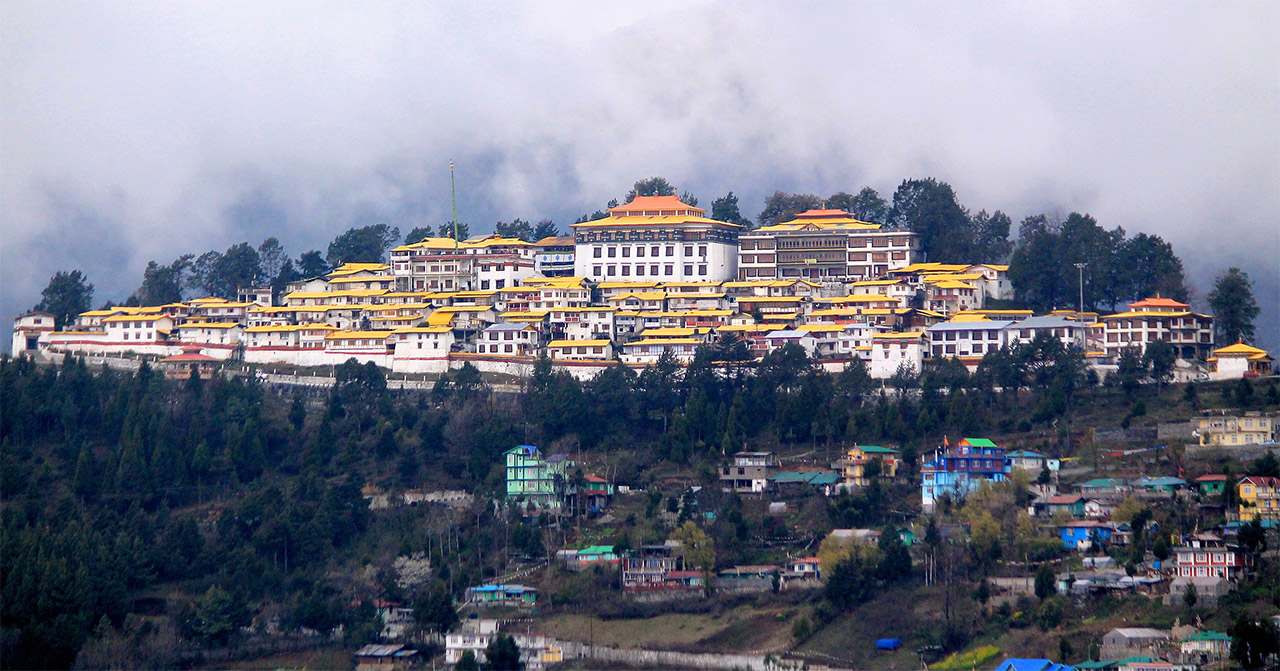
The holy Tawang Monastery, also known as the Tawang Ganden Mangyal Lhatse, which roughly translates to ‘the heavenly paradise of the divine place chosen by the horse,’ is the world’s second biggest monastery. The monastery is said to be about 400 years old and is in charge of 17 gompas in the area. This monastery, which houses over 300 monks and is built amidst the Himalayan ranges with fascinating views of the Tawang-Chu valley, is built amidst the Himalayan ranges with hypnotic views of the Tawang-Chu valley.
The beautiful construction may be accessed from the north via the ‘Kakaling’ gate, which is a stone-walled hut-like structure. Tawang Monastery is an exemplar of traditional Buddhist architecture, having various structures on its grounds, the most notable of which is a three-story assembly hall known as the ‘Dukhang.’ The inner sanctuary is dominated by an opulent 8-meter high figure of Lord Buddha, amid the gorgeous interiors featuring paintings, murals, carvings, sculptures, and rich textiles.
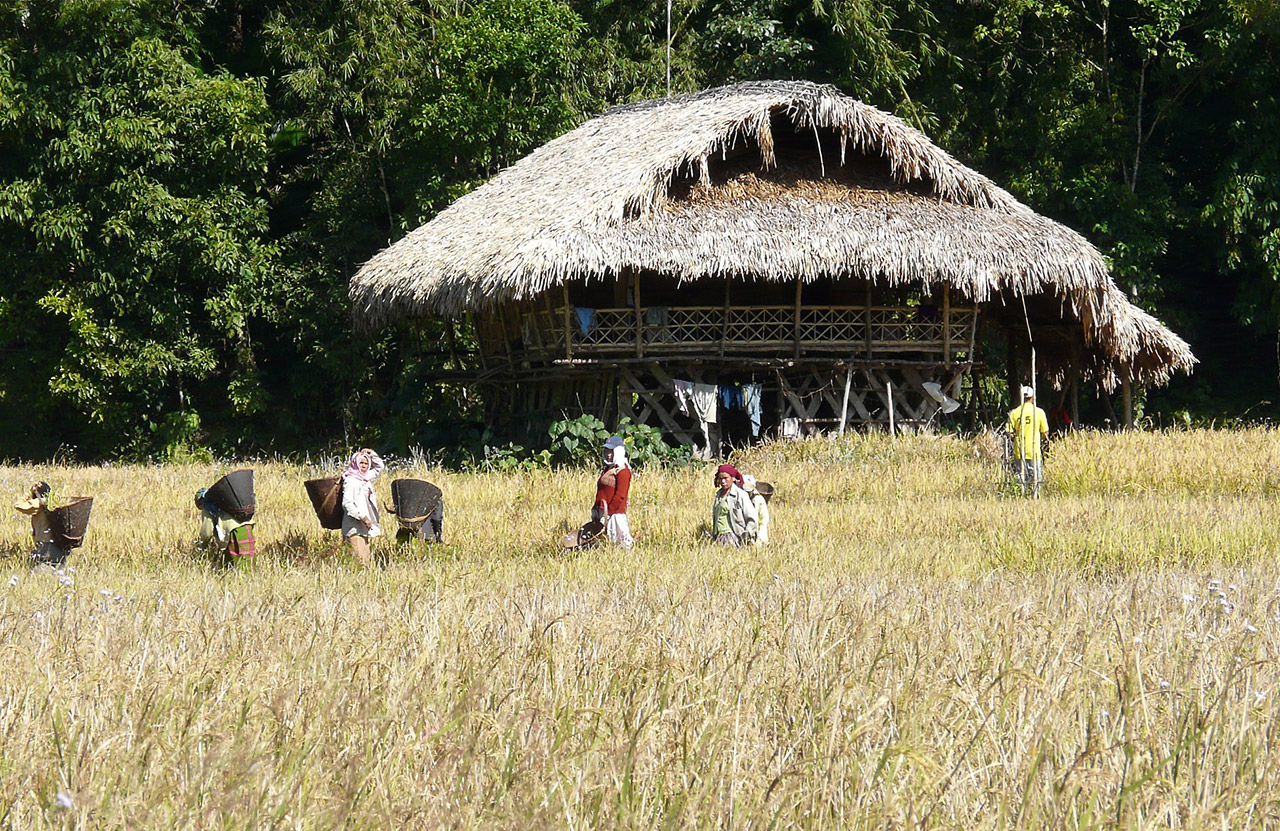
A typical village has fewer and more compact houses. The dwellings are constructed in accordance with the humid subtropical environment. The dwellings have a rectangular shape, a long slanted roof, and an open platform linked to the main building. A slanting roof usually dominates the primary residential unit. The home has short walls and, most significantly, no windows. As a result, the rooms lack natural light and have a smokey feel. For them, the home is not just a structure that protects them from hard rains, loud storms, and humidification, but it is also a living thing.
Traditional Dresses of Arunachal Pradesh
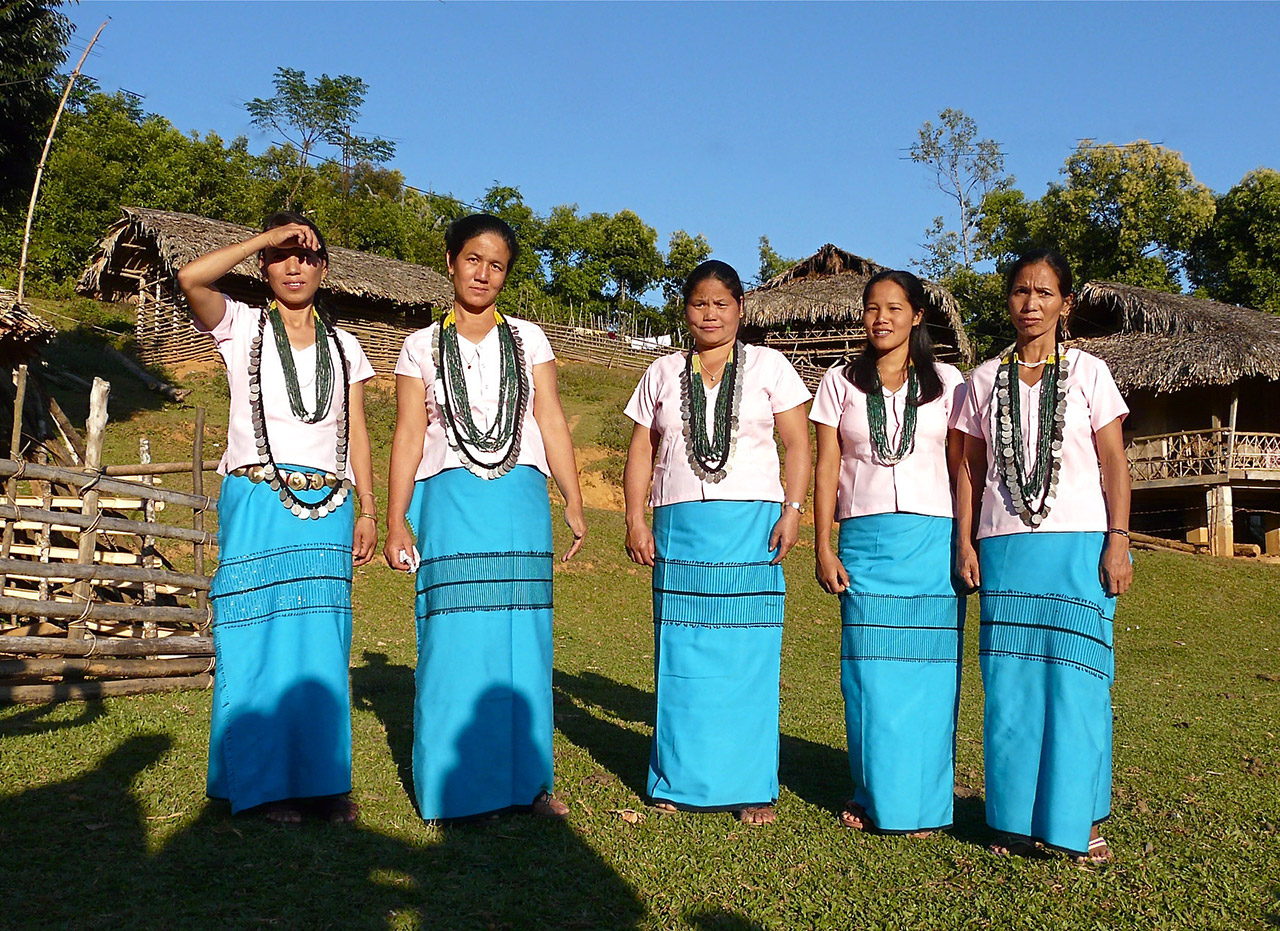
Shawls, wraps, and skirts are common in Arunachal Pradesh’s traditional attire. Though the tribes are all of the same ethnicity, the way they dress varies depending on where they live. Arunachal Pradesh residents are known to be born weavers. The majority of their dress styles are derived from their forefathers. In Arunachal Pradesh, the handloom industry is a growing sector. The tribal people choose to wear only natural organic jewellery. Goat hair, human hair, tree bark, and other materials are used as raw materials. Dark blue, green, yellow, black, and other dark colours are desired. Natural dyes produced from plants, barks, flowers, and seeds are the source of these colours.
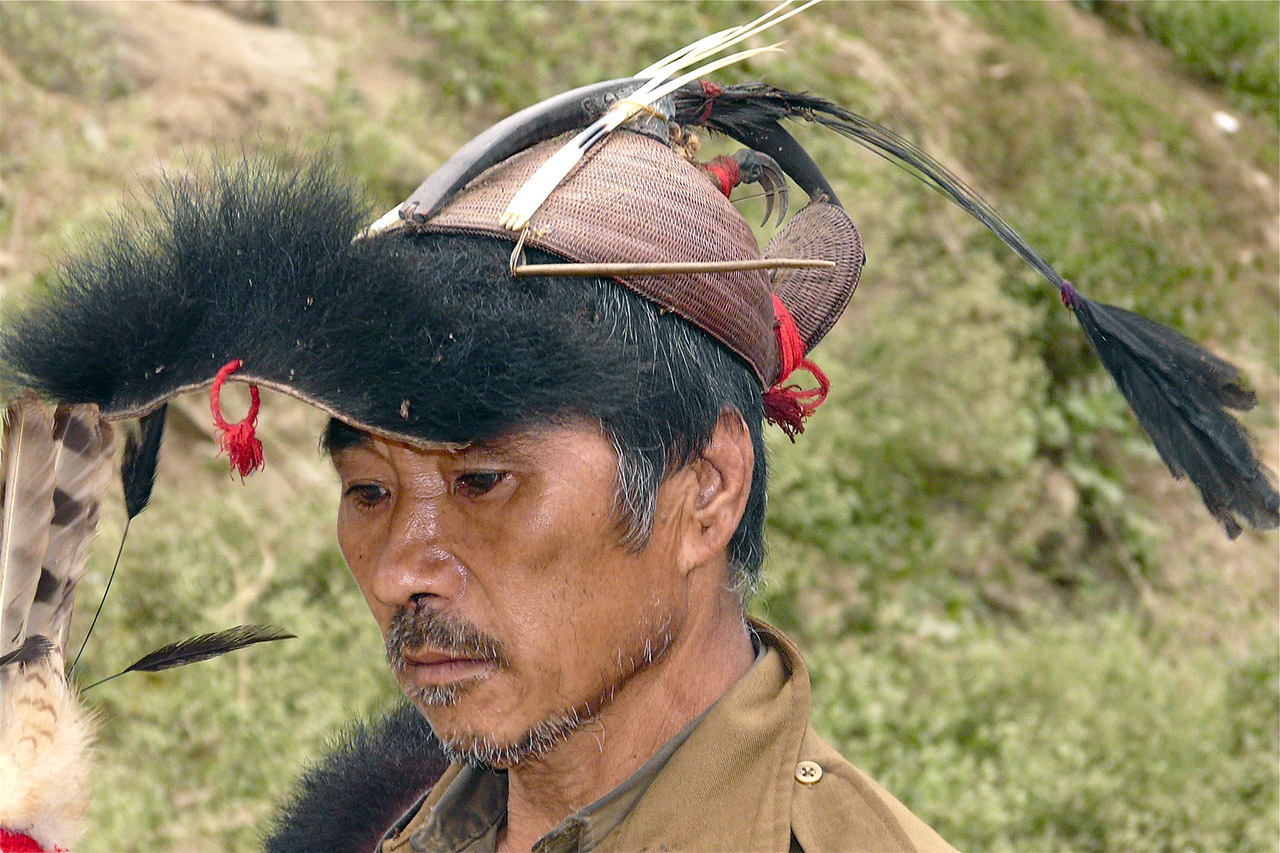
In most tribes in Arunachal Pradesh, girls and women are required to wear accessories. Earring, silver rings, bamboo pieces, red beads, and gorgeous turquoises are worn by Monpa ladies. Another well-known clothing item is the hat, which is embellished with a magnificent peacock feather. The attire is stunning and draws attention to itself. The Hill Miris are a group of people that dwell in the Kamla valley and dress in brilliant garments. Women also wear ‘crinoline of cane rings,’ which are quite attractive.
Suggested Read – The Mesmerizing Traditional Dresses of Arunachal Pradesh!
The Sherdukpen live in Bomdila’s southern section, close to the Buddhist community. The men in this village dress in sleeveless silk garments with two pinned edges at the shoulder area. Clothing is often knee-length. Skullcaps coated with yak hair are its distinguishing feature. Sherdukpen ladies wear sleeveless, collarless clothing. They cover it with a full-sleeved jacket and mushaiks (waist cloth).
Religion of Arunachal Pradesh
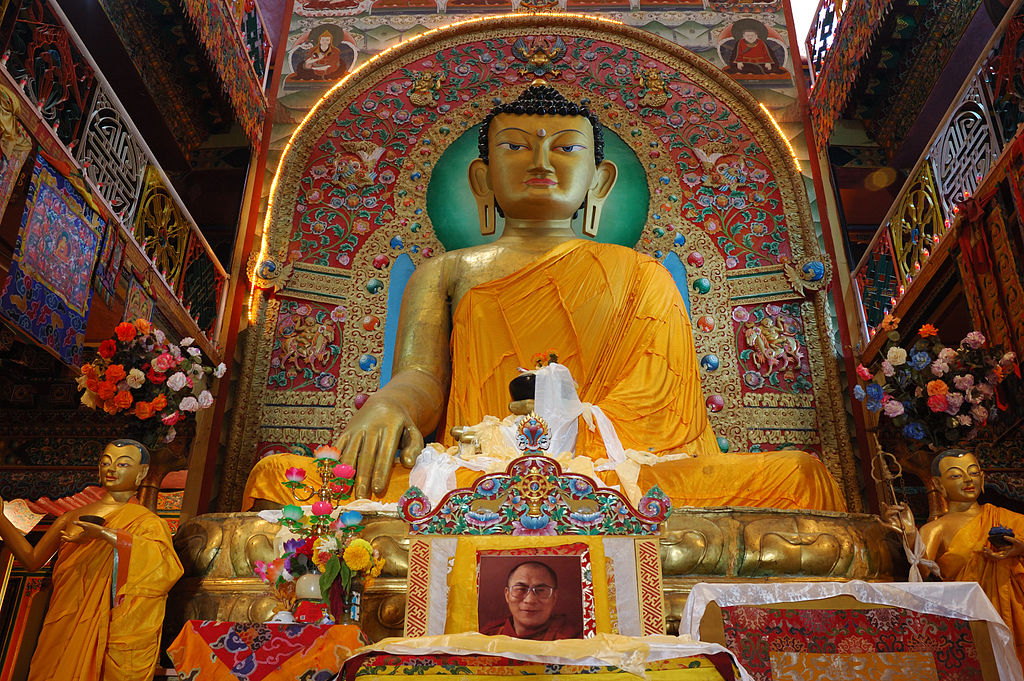
The indigenous religion of Arunachal Pradesh is highly inclined towards nature and makes the culture of Arunachal Pradesh even more rich. The people of the state are close to nature; they are practically dependent on Mother Nature. They worship nature in various forms, like folklores, dance, etc.
Buddhism is the dominant religion in the state. The tribes of the districts of West Kameng and Tawang profess Tibetan Buddhism. At the same time, the people in the region near the Burmese border follow Theravada Buddhism. Christianity is also a major religion in the state, following the indigenous religion. About 30% of the population of Arunachal Pradesh practice the Christianity religion. While a tiny proportion of the people also practice Hinduism.
Food in Arunachal Pradesh
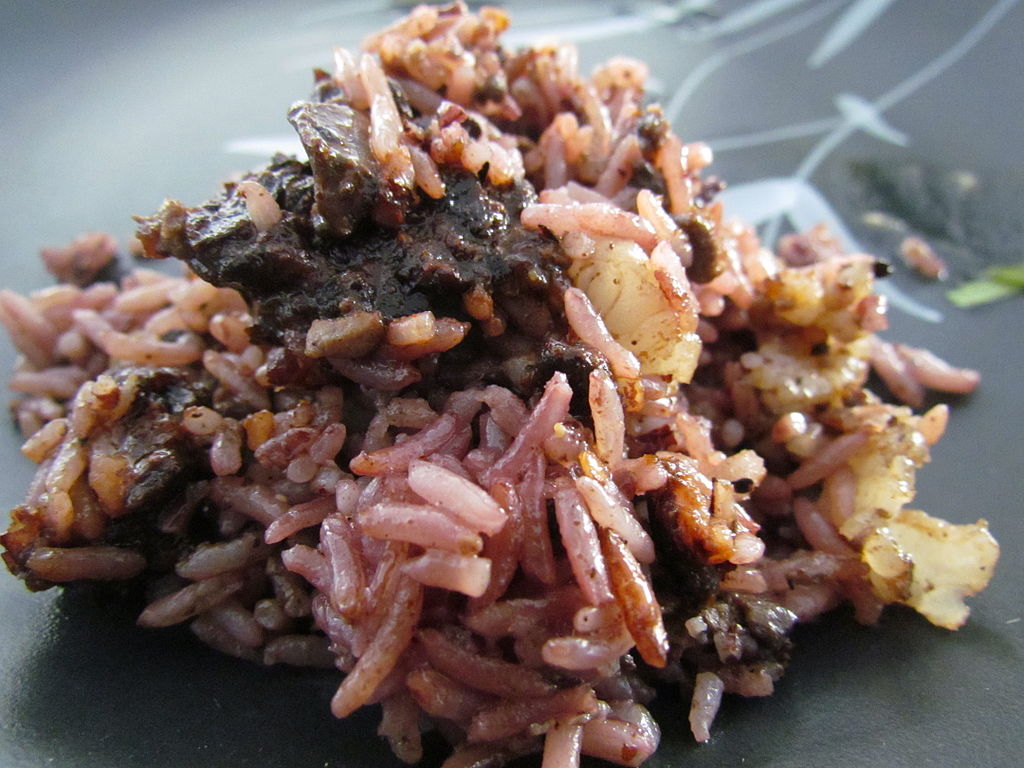
The fertile land of Arunachal Pradesh enables access to an abundant amount of rice and vegetables. The traditional food of Arunachal Pradesh includes Rice and Meat. Lettuce, green chilies, and coriander are the main ingredients in most recipes. A platter in Arunachal Pradesh is incomplete without these three elements. The people of Arunachal Pradesh prefer mild flavors with fewer spices and a sober taste. If you ever get a chance to visit Arunachal Pradesh, you must try boiled rice cakes, thukpa, and Apang. Thukpa and momos are the traditional dishes of Arunachal Pradesh.
Another thing you would find in Arunachal Pradesh is rice beer. There are many forms of rice beers in the state, and get a hold of one while you get a chance.
Festivals of Arunachal Pradesh
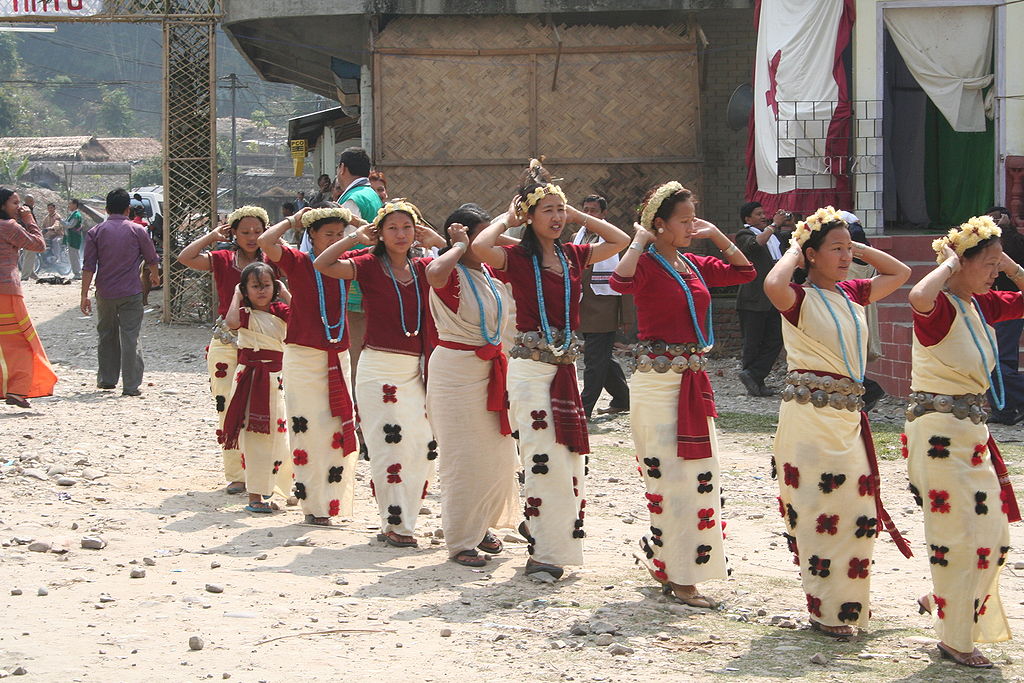
The culture of Arunachal Pradesh, observes many festivals throughout the year. The celebrations are broadly classified into religious festivals, socio-cultural festivals, and agricultural festivals.
The Siang River Festival honours this beautiful state’s community peace. It was once a component of the Brahmaputra darshan event. The Siang River Festival is now celebrated in Turing, Yingkiong, and Pasighat. This event aims to promote ecotourism while also providing a variety of entertaining activities. Elephant races, river rafting, culinary festivals, and other activities are among the games available. This is one of Arunachal Pradesh’s most well-known festivities.
The Pangsau Pass Winter Celebration, which began in 2007, is a modern winter festival organised by the residents. This three-day event is held in Nampong, Changlang district, by the people. Every year in the month of January, this festival takes place. They perform traditional dances and songs as part of the ethnicity celebration. A stand with a variety of artworks from throughout the firm is set up here. Even Myanmar has a chance to show off its culture on this platform. The event brings together tribes from the Northeast and Myanmar to showcase their cultures and customs. This is a celebration that should not be missed while visiting Arunachal Pradesh.
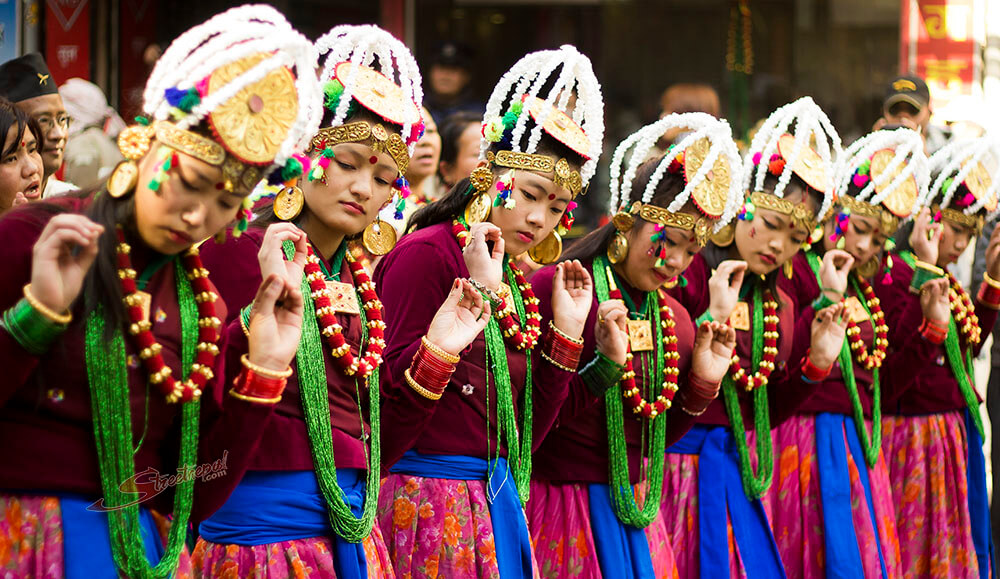
Losar Celebration, Arunachal Pradesh’s most important festival, commemorates the Tibetan New Year. In Tibet’s pre-Buddhist time, the celebration was originally called as the Agrarian Festival, and it was held to commemorate the blossoming of apricot trees. Today, the Monpa tribe of Arunachal Pradesh celebrates the Losar Festival in the month of February or early March to fend off evil and welcome happiness and wealth into the new year. This well-known Arunachal Pradesh festival provides visitors with the ideal opportunity to sample locally produced beverages and traditional cuisine. Remember to tell each other “tashi delek,” which means “good luck,” when you run across each other at the Losar Festival.
Nyokum of the Nyishi tribe, another well-known celebration in Arunachal Pradesh, is held every year on February 28th. Nyokum is known for bringing wealth and peace to the people. Nyokum is a local dialect term that may be split down into two parts: Nyok, which means land, and Kum, which means people. Nyokum is a two-day festival in which the Nyishi tribe meets to sing and dance. The festival’s primary rites are done by the high priest, who also offers prayers to the spirits in order to help everyone and every household achieve peace and prosperity.
Music and Dance of Arunachal Pradesh
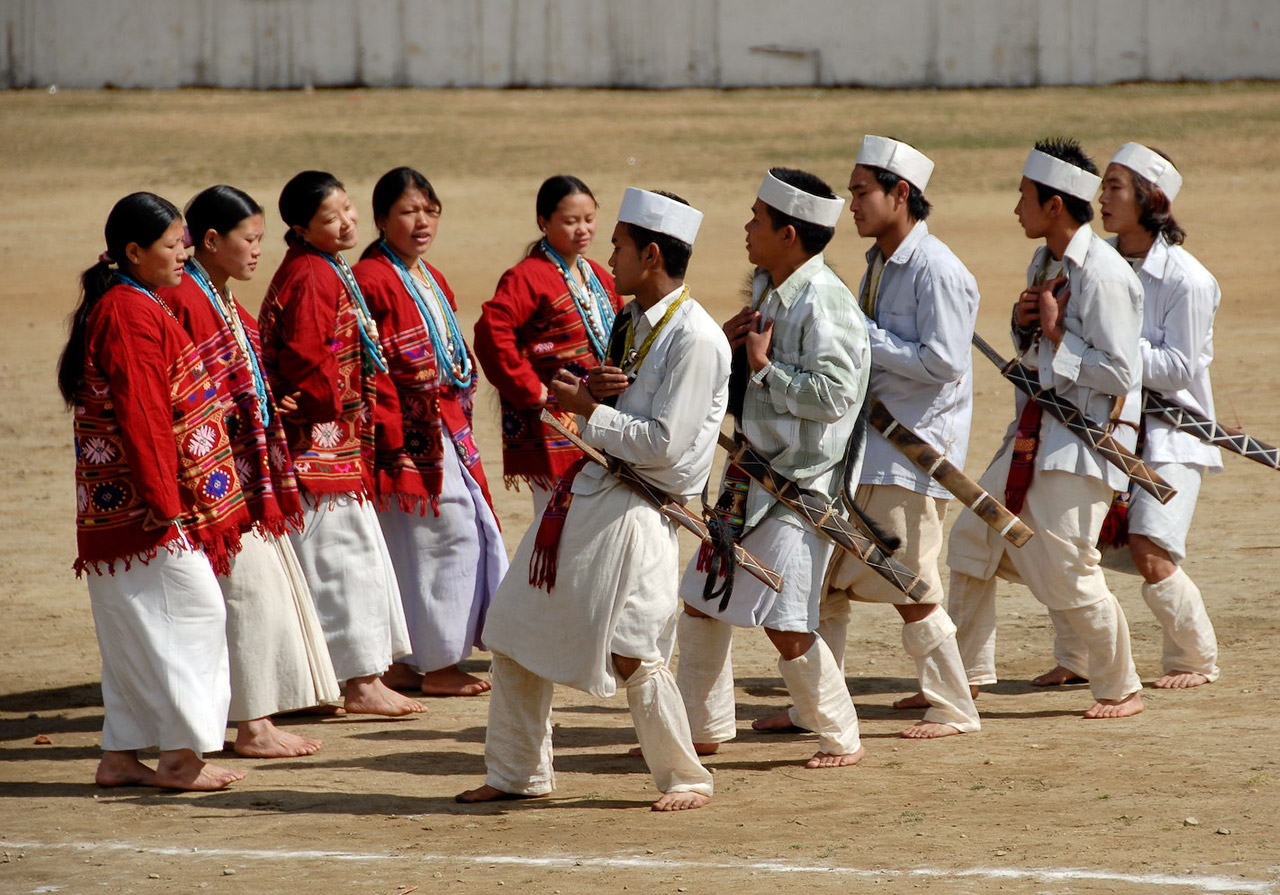
The extant dance traditions in Arunachal Pradesh are an important part of the socio-cultural history of this small Indian state in the northeast. The natives like dancing and having a good time. They dance for pleasure as well as for festivals and ceremonies. The many dance genres are enjoyed by both men and women.
The dancing forms differ in accordance with the tribe’s diversity. Igo dance is practised by Mishmi priests, battle dance is practised by Adis, Wanchos, and Noctes, and ceremonial dance is practised by Buddhists. All of these dancing genres are mostly male-dominated and female participation is prohibited.
Aji Lamu, Roppi, Hurkani, Popir, Rekham Pada, Chalo, Ponung, Buiya, Lion dance, Pasi Kongki, and Peacock dance are some of the most prominent folk dances in Arunachal Pradesh. The majority of dances are choreographed to the beat of chorus tunes. While the songs are being sung, cymbals and drums are played in the background.
Folk Music of Arunachal Pradesh
Locals sing songs that seem like stories. The tribes’ historical past is brought to life via their folk melodies. These songs are mythical in nature and have roots in folklore. Some of the prominent folk songs played at various festivals in Arunachal Pradesh are listed below:
Ja-Jin-Ja is a traditional song that is performed at weddings, other social gatherings, and other festive occasions. It is performed by both men and women, either separately or in chorus. When the experts begin singing the songs, everyone in the audience joins in.
Baryi is a song that tells the tale of Arunachal Pradesh’s mythology, history, and religious tradition. Whether it’s a social gathering or a religious service, Baryi is a must-have. The song Baryi is rather lengthy. As a result, the song’s whole cycle takes hours to complete. The song’s reminiscences of the past elicit a sentimental response from the audience.
When the bridal side returns to the wedding ceremony, leaving the bride in her new house, Nyioga is sung. The bride might utilise the counsel in the song to help her manage her future life. The fundamental concept of this song is joy.
Art and Craft of Arunachal Pradesh
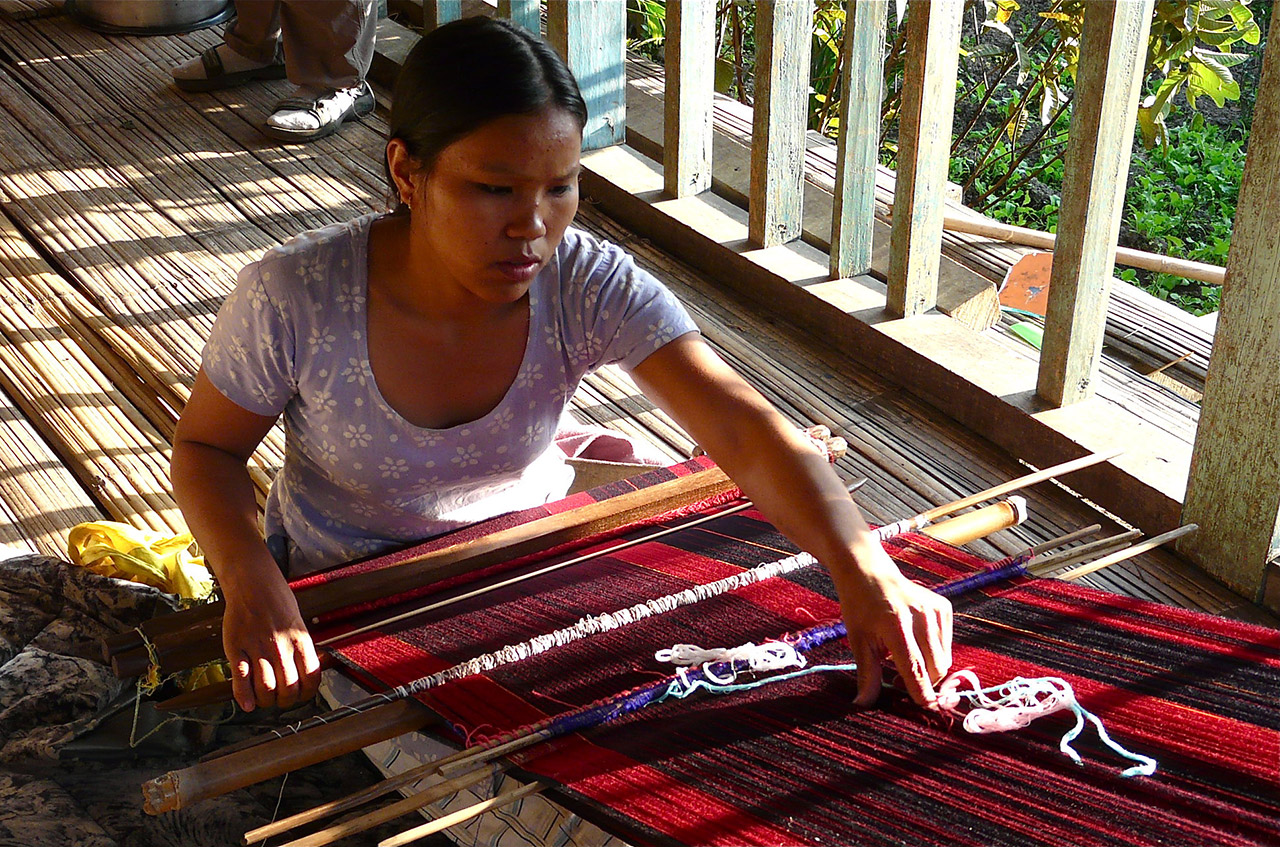
The art and craft of Arunachal Pradesh represent the state’s diverse culture and customs. Various inhabited tribes produce a variety of bamboo and cane handicrafts, as well as wood carving and carpet weaving. People in the areas of Tirap, Upper & West Siang, Lohit, and Tawang carve exquisite wood sculptures. East Kameng, Papumpare, Changlang, Upper and Lower Subansiri, East and West Siang, Lohit, and Dibang Valley, on the other hand, produce high-quality cane.
Handloom is an important element of the state’s rich art and craft tradition, and it is the principal source of income for the majority of women in the state. In Arunachal, women from 20 tribes and 100 sub-tribes strive to make skirts (Gale), shirts (Galuk), cotton shawls, side bags, and curtain fabric in a variety of patterns, quality, traditional value, motivation, and design. Another prominent art form that Arunachal Pradesh is proud of is painting. In Buddhist-dominated parts of the state, including as Tawang, West Kameng, and Upper Siang Districts, a specific form of painting known as Tangkha is common.
The subject matter of these paintings is mostly religious or traditional in nature. Carpet weaving, like painting, is mostly practised in Arunachal’s rural areas. The state’s carpets have been praised as being of national and international renown, putting another feather in Arunachal’s crown. Apart from carpets, the state also produces wall hangings, cushion pads, telephone pads, and floor coverings.
The Wangcho Bag, which is produced by the women of the Wangcho tribe of Tirap District, is one of Arunachal’s most distinctive products. The colourful geometrical pattern on the bag is woven using cotton and acrylic yarn. Apart from the distinctive bags, weavers are also developing a variety of utilitarian items such as women and gents waistcoats and costumes. The Wangcho women also manufacture grass necklaces out of seasonal reed found around river banks. In addition, the Tirap area produces necklace wristbands, waistbands, headgear, and earrings.
Weddings of Arunachal Pradesh
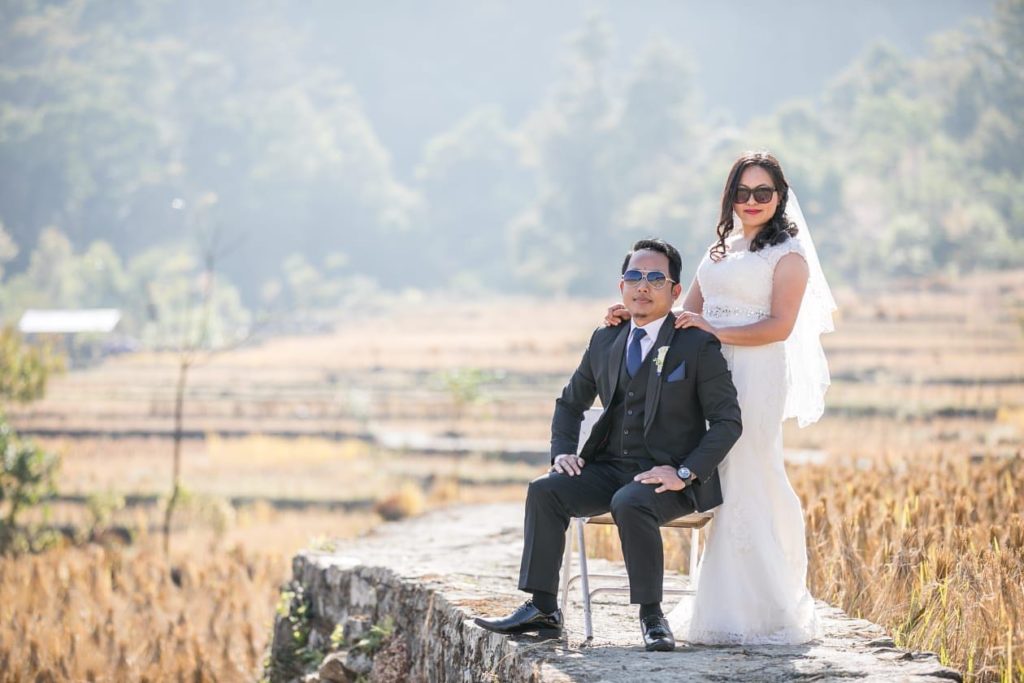
The wedding celebrations in Arunachal Pradesh are unique. You won’t find this in any other part of India. There are predominantly two types of marriages, first, Aaw Lang Aaw, and second, Thok no Chaii. The priest chants holy chants in front of the sacred fire. In the second type of marriage, Thok No Chaii, the groom has to perform a sacrifice of the natural fauna.
The groom’s family treks up to the hilltop and shout ‘Ho’ to declare their arrival. They stay at the bride’s house for four nights. The first-day treat of the celebration is on the bride’s family. The grand luncheon follows the first event. The groom’s family organizes a great pleasure on the second day. The third day observes the most exciting paint splashing ceremony. The groom’s family leaves on the fourth day. The bride goes to the groom’s house after a year of the ceremony.
Beliefs in Arunachal Pradesh
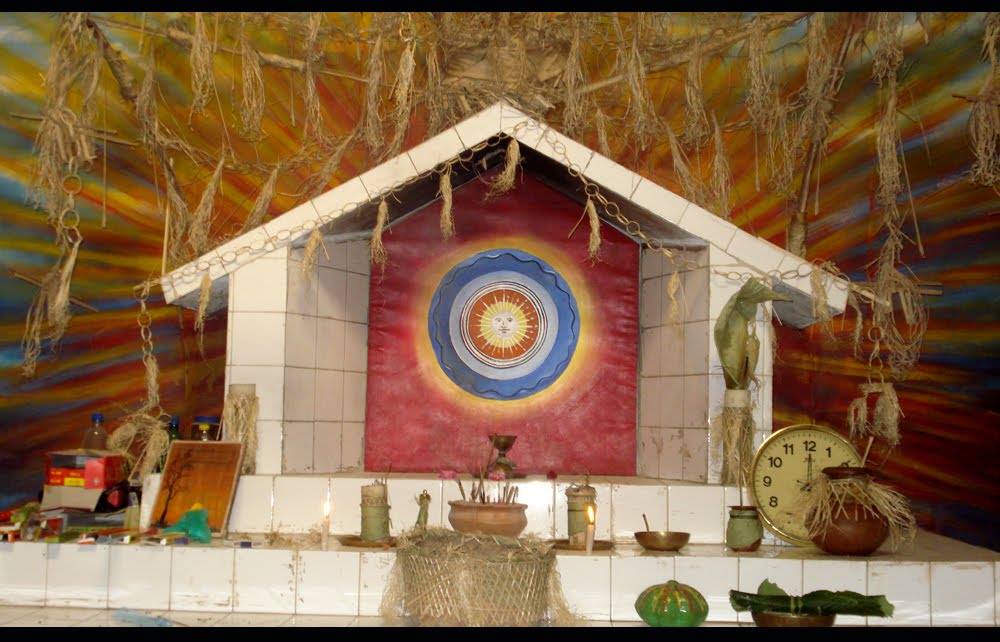
The people of Arunachal Pradesh follow the Doyni-Poloism philosophy. It is the philosophy of living life, balancing nature, and harmony among the tribes. The tribes that follow this philosophical belief worship nature and believe that the sun and moon are the prime deities. The common belief is that life began from nothingness and the evolution from void advocates Sedi Melo’s creation. In marriages and alliances, people follow endogamy between tribes, while societies practice exogamy between clans.
Many tribes in the state also worship animals. More than 80 ancient tribes in the state believe that misfortune guides diseases, and everything revolves around the doings of the evil spirits which govern human life and action. The only way to break through the misfortune of evil spirits is Dandai’s service.
Occupations of Arunachal Pradesh
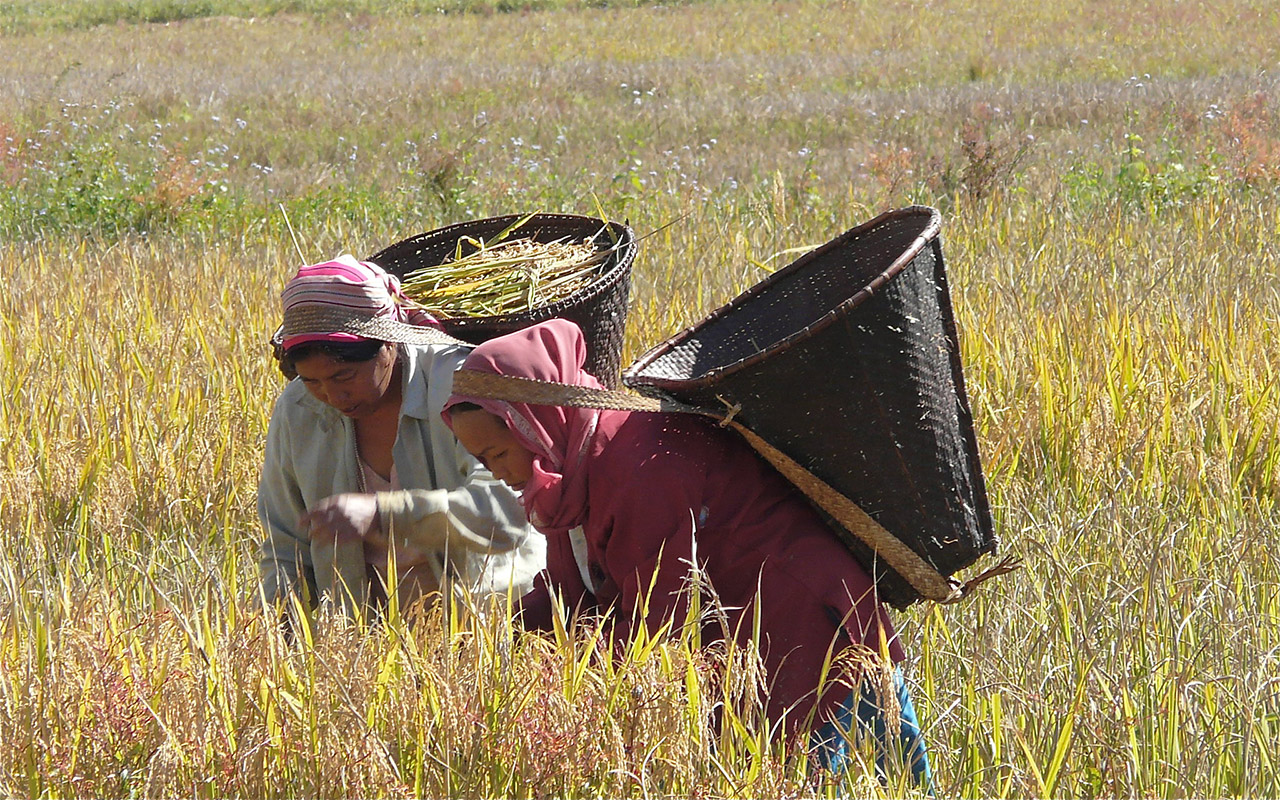
Agriculture is the primary source of income for the inhabitants of Arunachal Pradesh. Jhum agriculture is the main source of income for the farmers. Jhuming entails clearing a section of the forest by felling and burning trees, then using a poker to scatter seeds in those places. For years, many farmers have relied on this type of agriculture to make a living.
The vast majority of the state’s area is covered in deep woodland and lands. These forests produce goods, and enterprises based on their processing offer jobs and money to a vast number of people. The majority of the state’s industries rely on natural forest products like lumber and plywood.
Tea, petrochemicals, and cement are among the other businesses. In some sections of Arunachal, fruit growing is also practised. Fruit farming and horticulture has become a big industry. Many farmers have also benefited from this industry.
Conclusion
Arunachal Pradesh is the ideal location for you if rejuvenation and peace are what you are looking for. The cultural beauty of the state, along with the scenic beauty, makes it an ideal spot for travelers and believers. Even in the highly westernized world, with modernization conquering every nook and corner of the world, the ancient and natural practices of culture of Arunachal Pradesh are still preserved.





